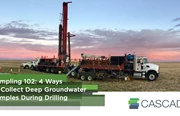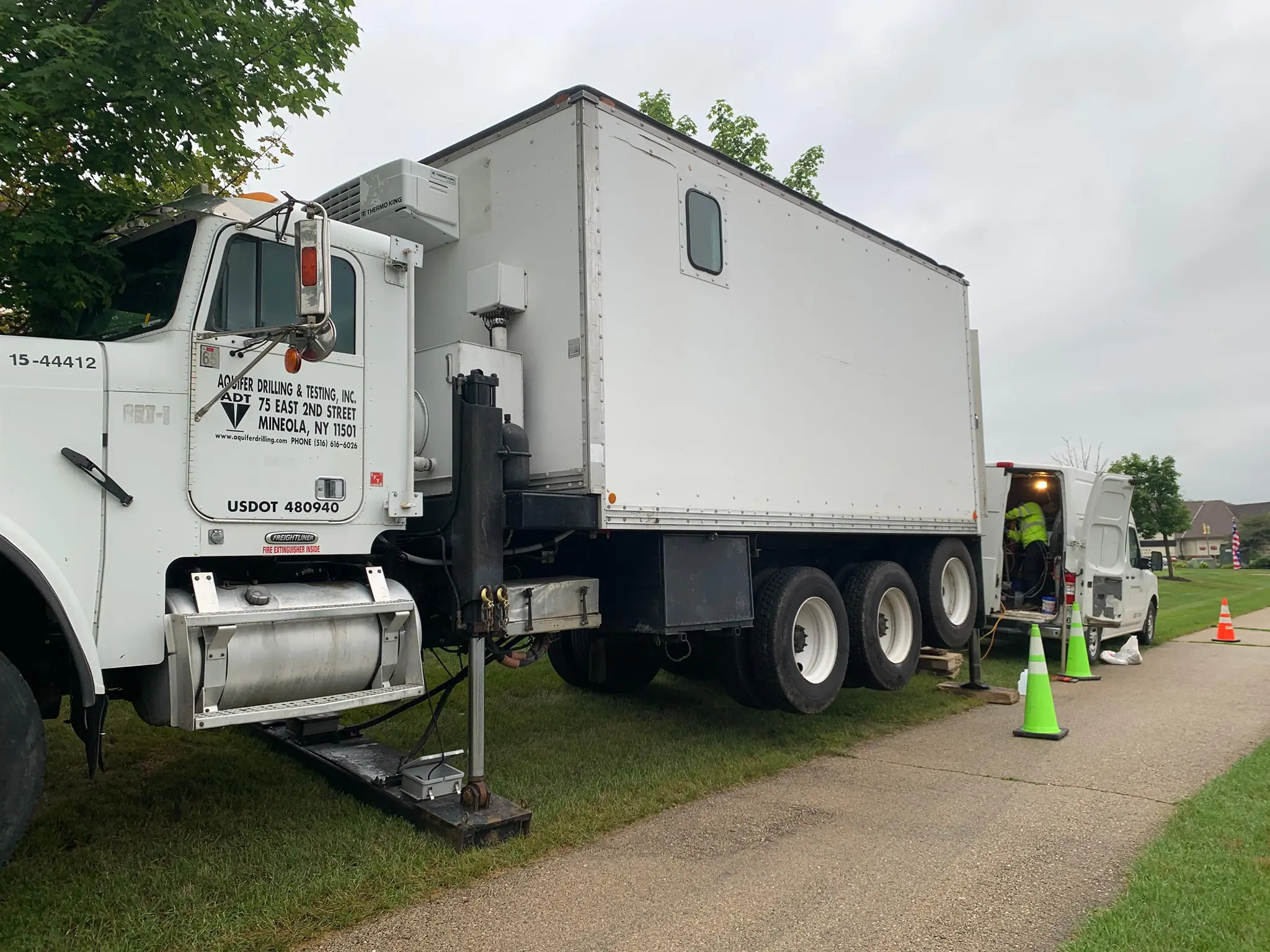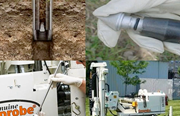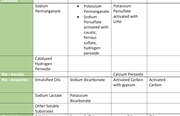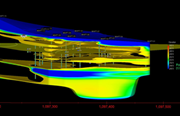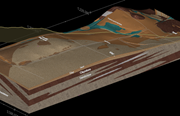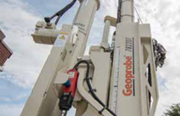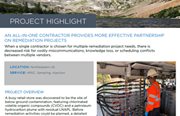Top 10 Must Read Site Characterization and Remediation Blog Posts of 2019
By: Cascade EnvironmentalThe volume of articles and blog posts produced each year about site characterization and remediation is overwhelming. One way to cut through it all is to find the content others in the industry have found most useful. In that spirit, we collected the top 10 blog posts about characterization and remediation that were the most read on our website in 2019.
DEALING WITH EMERGING CONTAMINANTS
If you’ve heard a lot of discussion about emerging contaminants but aren’t quite sure what they are, this blog post is for you. We define the term, discuss specific emerging contaminants like PFAS and microfibers, and explain the negative impact each can cause.
HOW TO PROVE HRSC IS THE BEST INVESTIGATION APPROACH FOR YOUR PROJECT
High resolution site characterization (HRSC) is one of the best methods for ensuring your site remedy is well planned and optimized, but there is sometimes still resistance to using it because of cost. This article challenges the notion that cost should be the primary question asked about HRSC, and explains the types of projects that most benefit from utilizing it.
HOW TO DETECT NAPL HYDROCARBON FUELS, OILS AND TARS IN THE SUBSURFACE WITH THE GEOPROBE OIP SYSTEM
If you haven’t had the opportunity to use an Optical Image Profiler (OIP) system on a project, this post provides a great explanation about how it works—but if you want a more in-depth discussion about its capabilities, consider watching this webinar presented in conjunction with Geoprobe Vice President Tom Christy.
WHY YOU SHOULD BE USING SOIL VAPOR SAMPLING DURING SITE CHARACTERIZATION
Project success often rests on the accuracy of your conceptual site model (CSM), but some options that can enhance the CSM are often overlooked—like soil vapor sampling. This post explains how soil vapor sampling works and when it’s needed.
NEW DEPTHS FOR GROUNDWATER PROFILING
If you want to learn about the tools available for groundwater profiling, this blog post is for you. It covers the most commonly used tools that are powered by sonic technology—such as the WaterlooAPS, screen point 16 and 22 tools, and the push-ahead groundwater profiler.
WHAT IT’S LIKE TO BE A PROBE OPERATOR
Most people are unaware of the many different types of job roles and career paths available in the environmental services industry, and it hurts our ability to attract a new generation of professionals. This blog post highlights Prober Operator Cody Spiker, and details how he ended up with this job, the career growth opportunities that have come along, what an “average” day is like, and the sense of purpose Cody feels in his role.
TREATING DIOXINS LEFT OVER FROM AGENT ORANGE IN VIETNAM
Dioxins are difficult to treat, but the effects are long-lasting—on the this site, nothing had grown for more than 40 years due to the presence of the contaminant. This article covers the thermal solution that was used successfully (and safely) to treat the project site.
HOW TO OPTIMIZE INJECTION PERFORMANCE AND DISTRIBUTION THROUGH MANIFOLDING MULTIPLE INJECTION LOCATIONS
Manifolding multiple injection points can be a cost effective option for many project sites, but an optimized design is key to achieving cost savings while maintaining effectiveness of the solution. Vice President of Technology Eliot Cooper covers project considerations and how to identify key performance and design parameters.
HOW TO APPLY THE RETURN ON REMEDIATION INVESTMENT APPROACH TO COMPLEX CHLORINATED SOLVENT SITES (PART 1) (PART 2)
Achieving return on remediation investment (RORI) involves more than simply selecting the right technology—it requires intense planning, from characterization through remedy implementation. In this two-part blog post, Eliot Cooper walks you through the steps and considerations of applying an RORI approach to a complex chlorinated solvent site.
A DEEPER LOOK AT PERMEABLE REACTIVE BARRIERS
If you’ve considered utilizing permeable reactive barriers (PRBs) on your projects but weren’t sure how the technology stacked up against other groundwater remediation options, you’ll want to read this article from GeoSierra Vice President Deborah Shaffer Schnell. She explains how zero-valent iron (ZVI) PRBs work and the advantages they offer.
The lessons learned in 2019—whether through experience or a blog post—can inform our best work in 2020. If you have questions a blog post can’t answer, get in touch so we can help.



